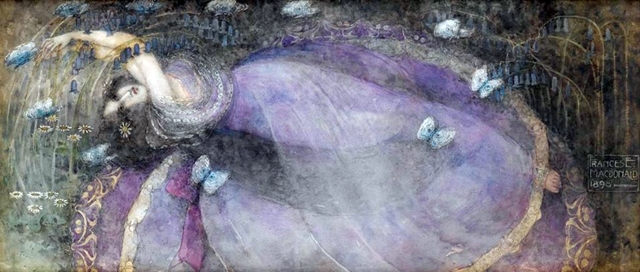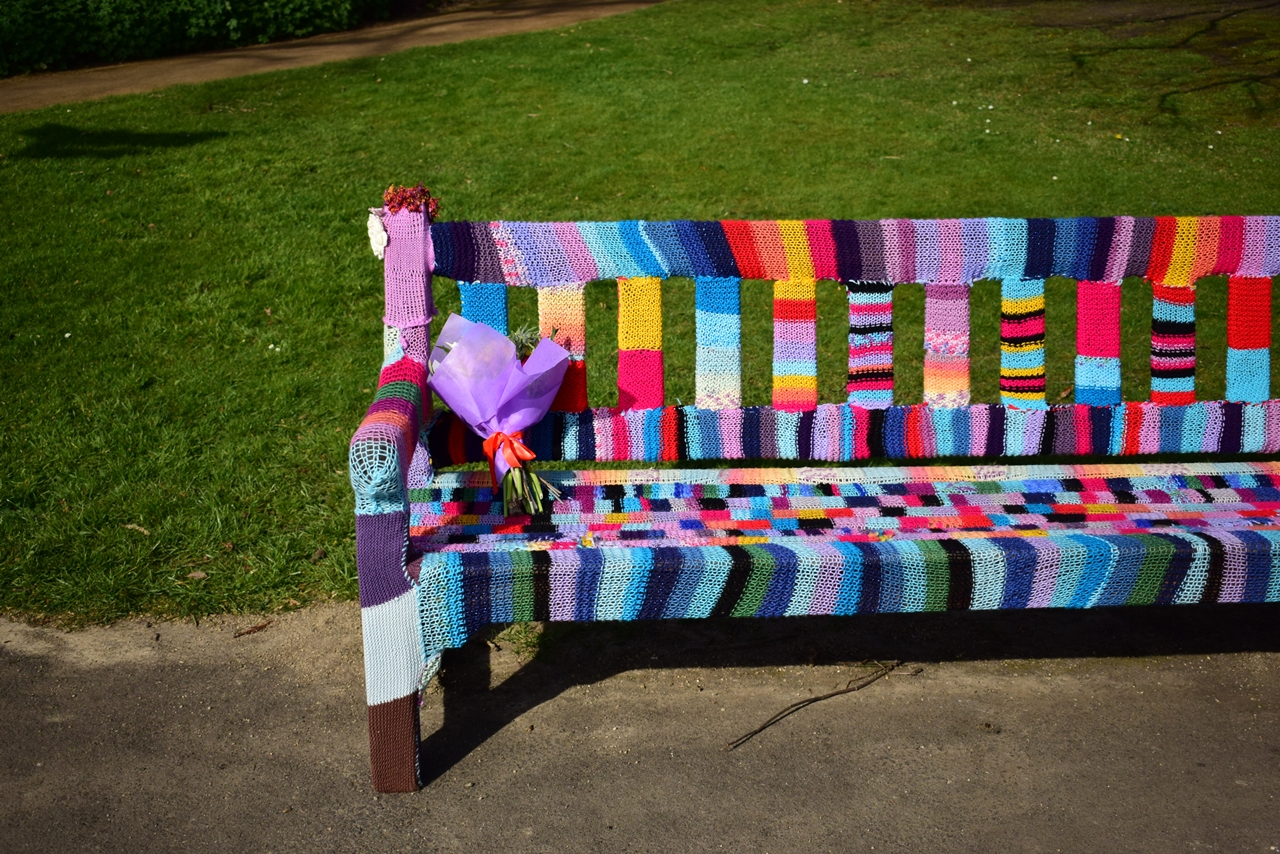 As a rule, I have an uneasy relationship with yarn-bombing. Done right and with purpose, yarn-bombing can be an effective way of practising craftivism (using craft as protest and promoting social change). It can transform a community and serve as a visual marker that something is not right. Sadly, I see too many press releases using yarn-bombing as a thoughtless exercise to "get the knitters on board" and throw a few pom poms at a tree as an empty PR exercise.
As a rule, I have an uneasy relationship with yarn-bombing. Done right and with purpose, yarn-bombing can be an effective way of practising craftivism (using craft as protest and promoting social change). It can transform a community and serve as a visual marker that something is not right. Sadly, I see too many press releases using yarn-bombing as a thoughtless exercise to "get the knitters on board" and throw a few pom poms at a tree as an empty PR exercise.
But then there is this bench and I want to share its story with you. It is deeply affecting as well as a story of how yarn-bombing can be an incredible story-telling tool.
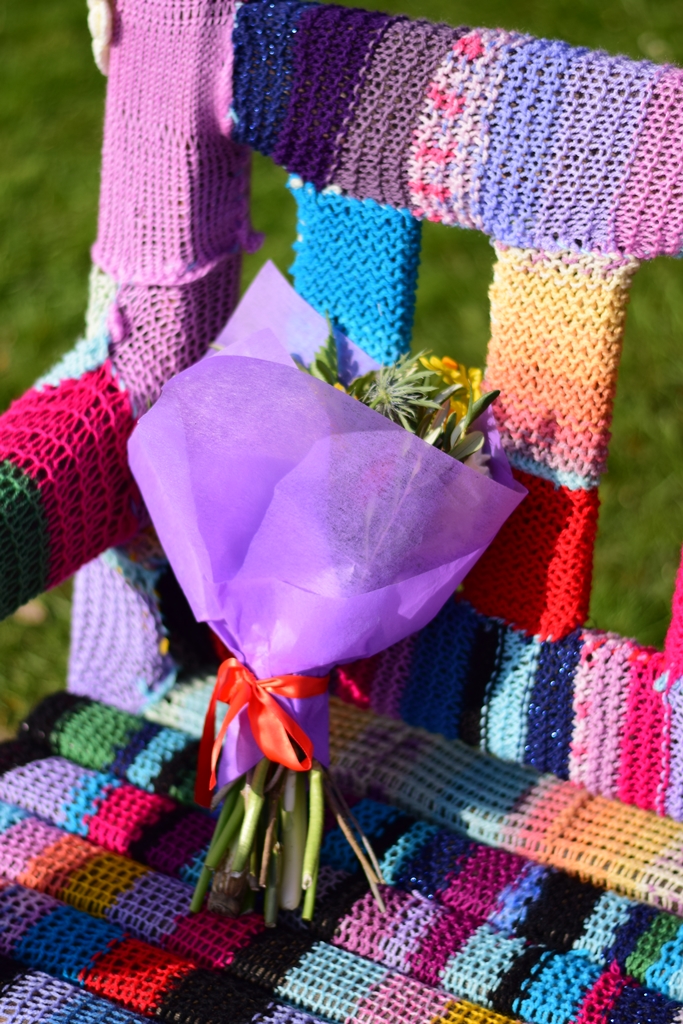
This bench sits in a remote corner of the Botanic Gardens in Glasgow, Scotland. This particular bench is hidden away at the back, close to the rose garden and the 16th century garden. Most visitors never make it that far, but the location is a favourite spot for many local people. I live next door to the Botanics and you will often find me knitting somewhere in that little area when the weather's nice.
Local textile artist and production designer Rita McGurn passed away two years ago, and her daughter decided to yarn-bomb the bench. Most of the benches in the Botanics bear small memorial plaques, but this bench needed to be slightly different as a tribute to a woman who was described as "colourful, eccentric and a little irreverent". Some of the pieces were crocheted by Rita herself before she passed away, while other pieces were made by Rita's friends and family.
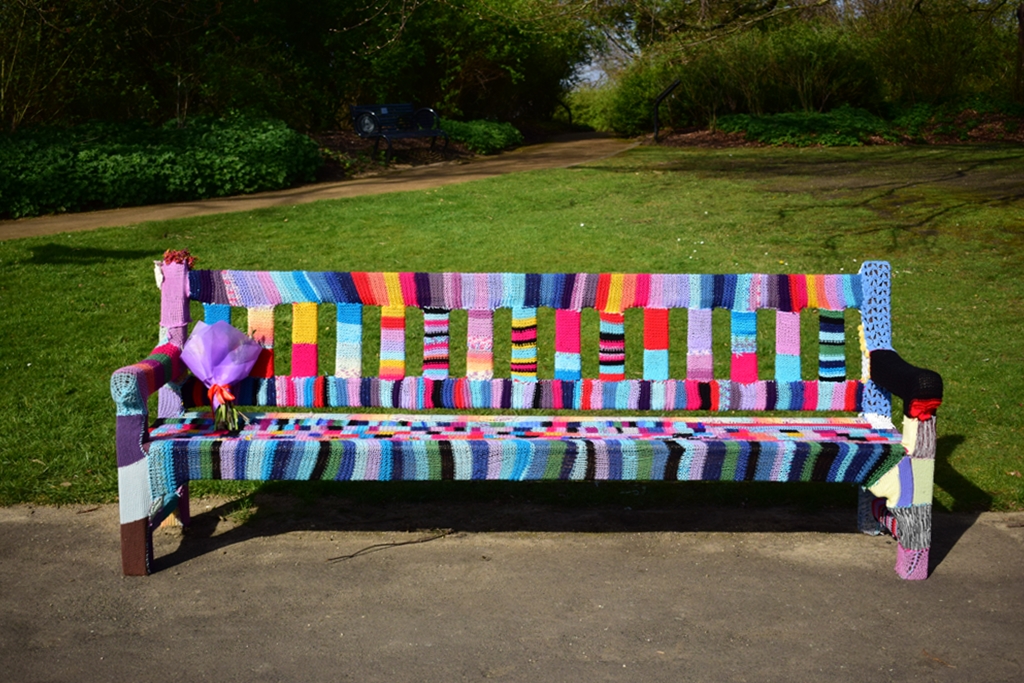
I came across the bench on a sunny day. As always, this corner of the Botanics was almost deserted - except people were lined up to look at this piece of art. A young couple was sitting on the bench for a long time, stroking the pieces of fabric and admiring the colour. A family stopped to have their children photographed ("no, don't touch the flowers - say cheese - no sit still - now look at me"). A small group of people stopped for a long time and I wondered to myself if they were friends of the family. As I saw more and more people stopped to engage with the bench - taking photographs, sitting down, touching it - I realised that they were drawn to it as an art piece. Some had read about the bench in local papers - others just came across it in passing. Everybody slowed down and took a moment to reflect.
There is something so very moving about this yarn-bombing effort. It is a deliberate gesture carried out with care and love. The bench lights up its little corner of the park and the ephemeral nature of the piece makes it incredibly poignant. It is one of my favourite pieces of yarn-bombing I have ever come across. If you are nearby, I can only urge you to catch it before it disappears forever.
You can read more about Rita and Rita's daughter, Mercedes here.
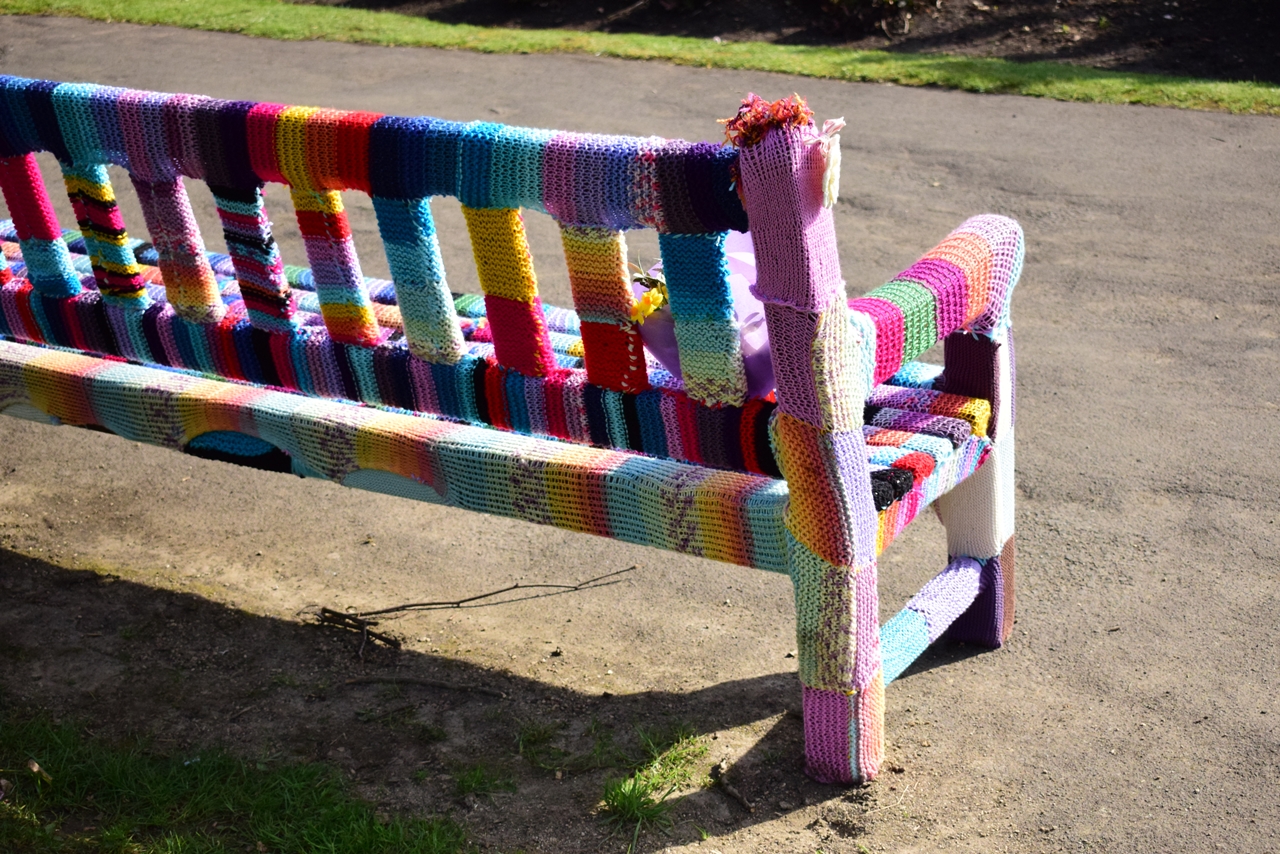







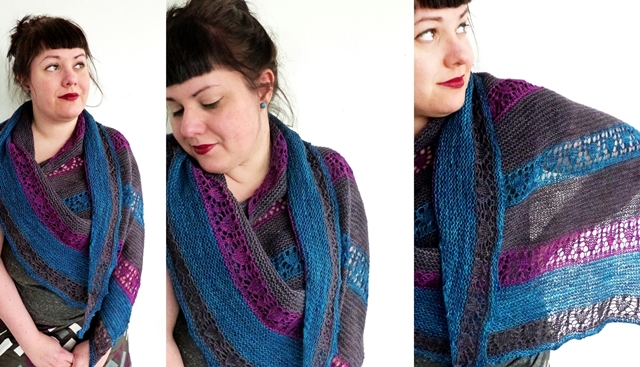
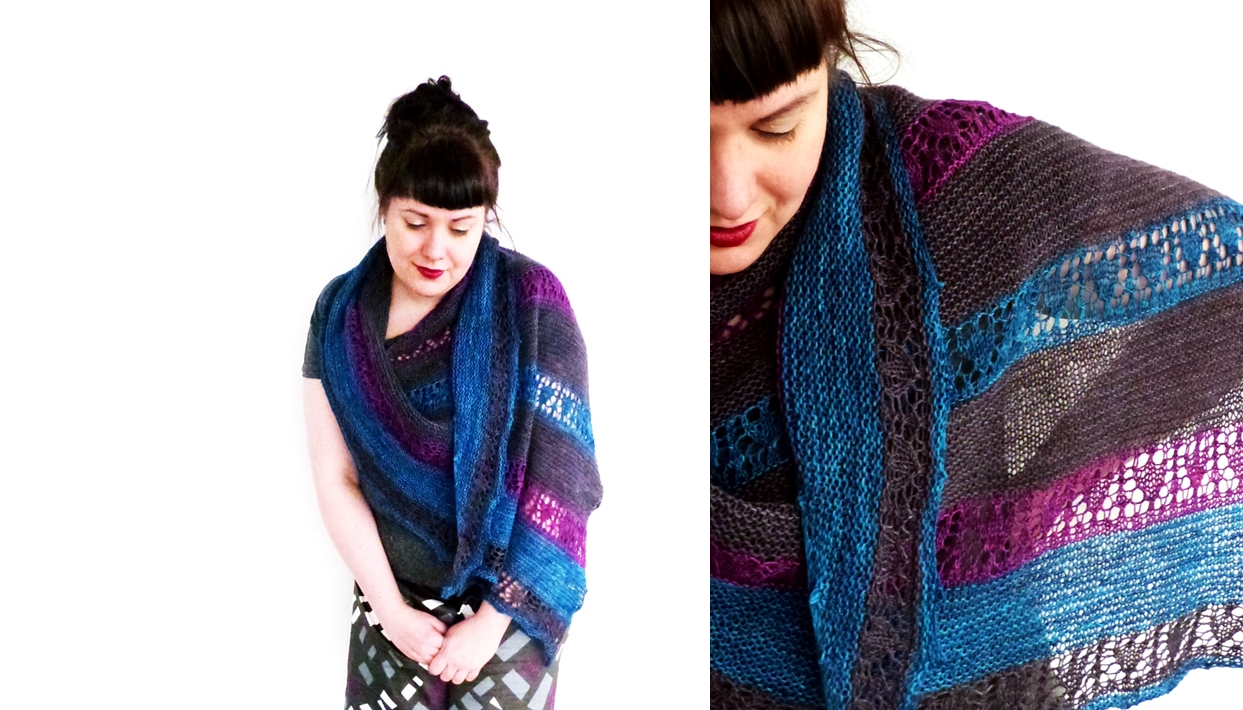
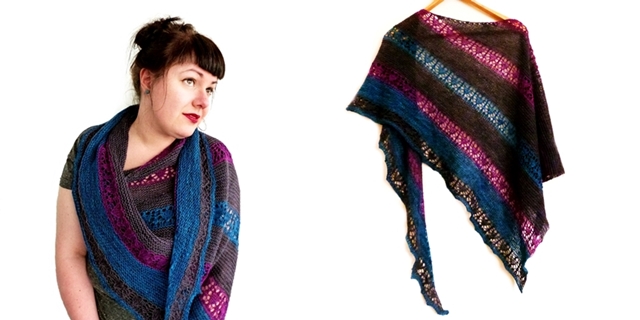
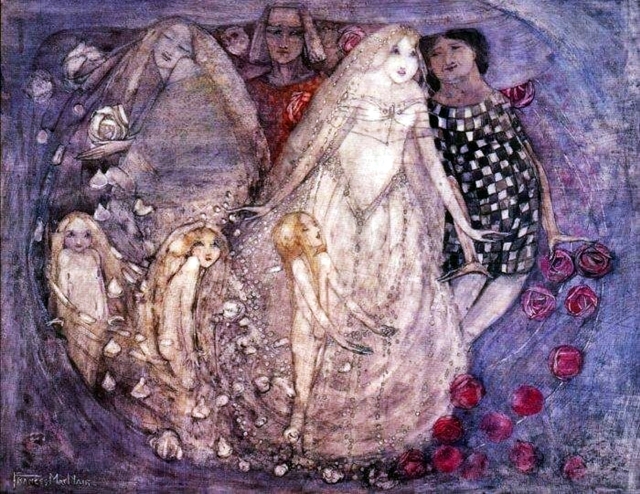 This is an image by
This is an image by 